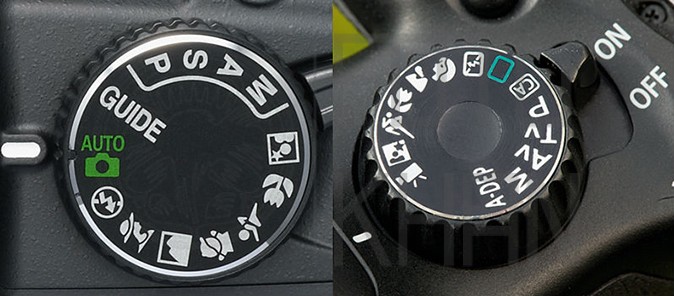For novice photographers, understanding the various camera modes is pivotal in unleashing the full potential of their camera and capturing stunning images. Here, we explore four fundamental camera modes: Auto, Manual, Aperture Priority, and Shutter Priority, offering valuable tips for beginners to make the most of each mode.
1. Auto Mode:
Auto mode is your camera’s default setting, ideal for those just starting. Here are some tips for beginners in Auto mode:
- Ease into Photography: Auto mode handles all settings for you, making it an excellent starting point to familiarize yourself with your camera’s basic functions and capturing simple snapshots.
- Limited Control: Understand that in Auto mode, you have minimal creative control over your photos. It’s primarily designed for quick and straightforward shots.
2. Manual Mode:
Manual mode provides full control over your camera settings, making it a favorite among experienced photographers. Here’s how beginners can make the most of it:
- Learn the Exposure Triangle: Master the interplay between aperture, shutter speed, and ISO. Adjust these settings to achieve the desired exposure and creative effects.
- Practice Patience: Manual mode requires practice and experimentation. Don’t be discouraged by initial challenges; your understanding will grow with time.
3. Aperture Priority (A/Av) Mode:
Aperture Priority mode empowers you to control depth of field, making it an excellent choice for portrait and landscape photography. Here’s how beginners can benefit:
- Focus on Depth: Understand that in Aperture Priority mode, you control the aperture (f-stop) while the camera adjusts other settings for proper exposure. Lower f-stop values (e.g., f/1.8) create a shallow depth of field with background blur, while higher values (e.g., f/11) provide a broader depth of field.
- Portrait and Landscape: Experiment with different f-stop values to achieve creative effects. Use low f-stops for pleasing background blur in portraits and high f-stops for sharpness in landscapes.
4. Shutter Priority (S/Tv) Mode:
Shutter Priority mode lets you control shutter speed, making it suitable for capturing motion and creative effects. Here’s how beginners can maximize its potential:
- Freeze or Blur Motion: Adjust the shutter speed to freeze fast action or create motion blur. Faster shutter speeds (e.g., 1/1000s) capture fast-moving subjects sharply, while slower speeds (e.g., 1/30s) introduce a sense of movement.
- Use a Tripod: At slow shutter speeds, a tripod is essential to avoid camera shake and ensure sharp images.
In conclusion, understanding camera modes, such as Auto, Manual, Aperture Priority, and Shutter Priority, is vital for novice photographers. Start with Auto mode to familiarize yourself with your camera, then progress to Aperture Priority and Shutter Priority modes to gain creative control. Ultimately, embracing Manual mode offers the most comprehensive control over your photography. Don’t be afraid to experiment and practice, as this is the key to mastering these modes and capturing remarkable images.

